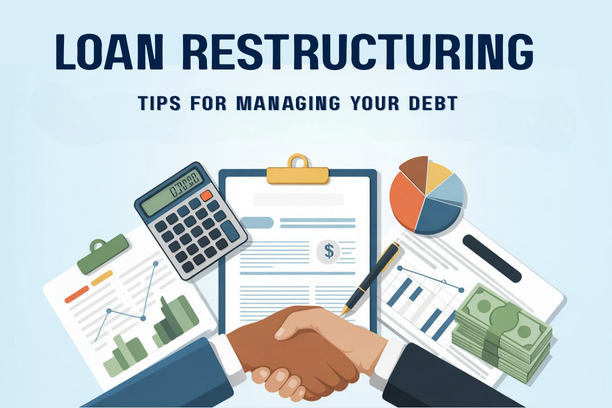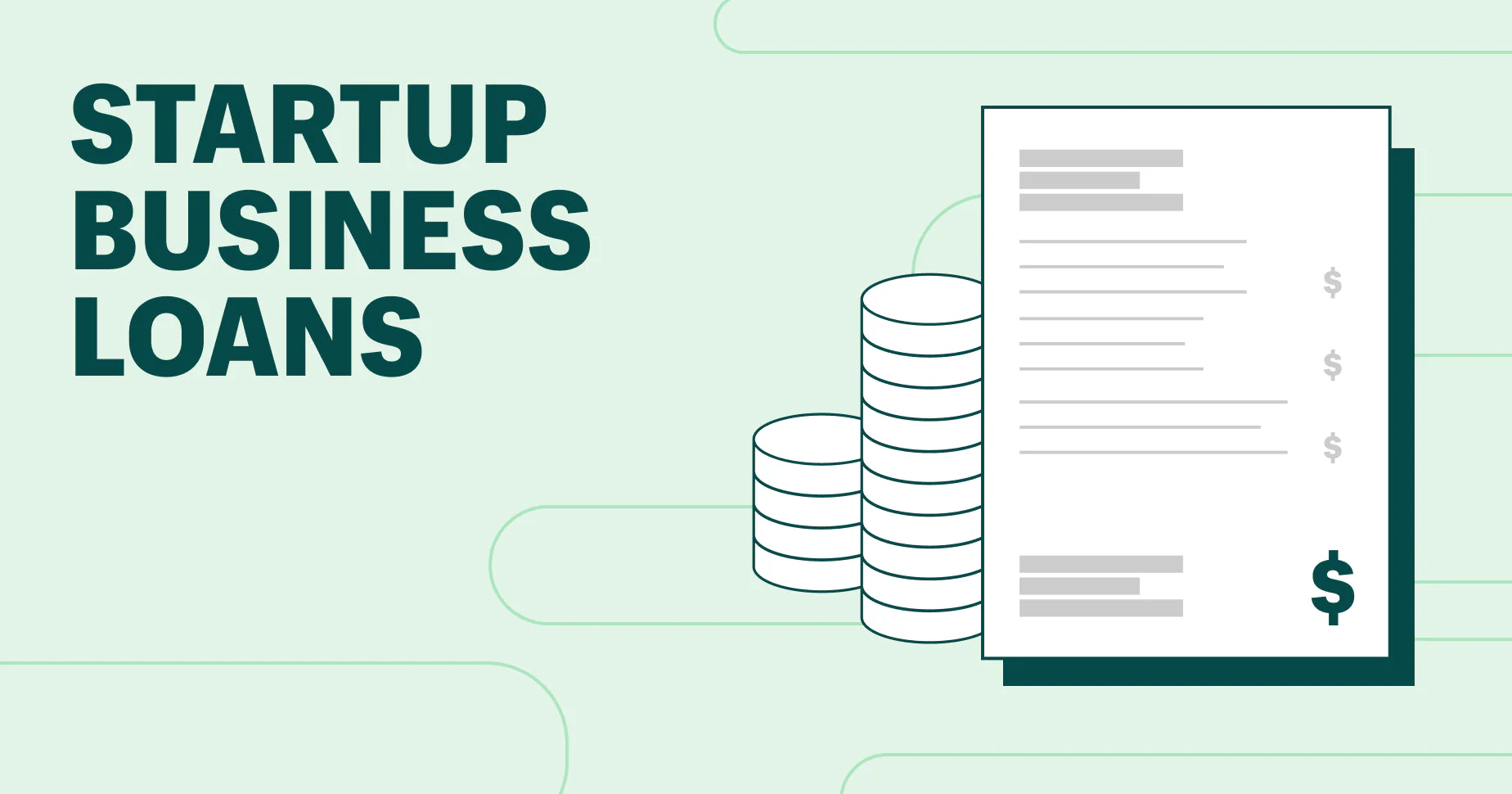Juggling multiple personal loans can quickly become an overwhelming and stressful experience. What began as a series of small, manageable loans can evolve into a tangled web of due dates, different interest rates, and a constant feeling of being trapped. If you find yourself in this situation, it is important to know that you are not alone, and there are effective strategies for managing multiple personal loans that can help you regain control of your finances. This guide will provide you with a clear roadmap to tackle your debt head-on, from understanding your situation to implementing proven repayment methods and leveraging smart financial tools to secure a healthier financial future.
The Problem of Juggling Multiple Loans
The first step to solving a problem is to acknowledge that it exists. Recognizing the signs of financial stress and understanding the risks of unmanaged debt is crucial for motivating yourself to take action.
Signs You May Be Overwhelmed by Debt
The burden of multiple loans can manifest in both financial and emotional ways. If you are experiencing any of the following, it may be a sign that you need to take a step back and re-evaluate your financial situation:
- Difficulty Making Minimum Payments: You are consistently struggling to pay the minimum amount due on each of your loans every month.
- Borrowing from One Lender to Pay Another: This is a major red flag. If you are taking out a new loan to pay an old one, you are not solving your debt problem; you are simply postponing it and increasing your total debt load.
- Constant Anxiety and Stress: The weight of your debt is causing you to feel anxious, stressed, or is affecting your relationships and mental health.
- No Money for Savings: All of your income is going towards debt payments and daily expenses, leaving you with no money to build a savings fund for emergencies.
If any of these signs resonate with you, it is time to take a proactive approach to your debt. The good news is that there are effective strategies for managing multiple personal loans that can help you get back on track.
The Risks of Unmanaged Debt
Ignoring the problem of multiple loans can lead to a host of negative consequences that can damage your financial future for years to come. The most immediate risk is the accumulation of late payment fees and penalties, which can significantly increase your debt. A missed payment can also have a negative impact on your credit score, making it difficult for you to get a loan or even a credit card in the future.
Beyond the immediate financial costs, unmanaged debt can also lead to more serious problems. Legal action, such as a debt collector’s lawsuit, is a possibility, and the constant stress can take a toll on your overall well-being. The key is to address the issue before it spirals out of control. By implementing one of the effective strategies for managing multiple personal loans, you can stop the cycle of debt and start working towards financial freedom.
Two Powerful Methods for Debt Repayment
Once you have a clear picture of your loans, you can choose a repayment method that best suits your personality and financial situation. Two of the most popular and proven strategies are the Debt Avalanche and Debt Snowball methods.
The Debt Avalanche Method: Prioritizing High-Interest Debt
The Debt Avalanche method is a mathematically sound strategy that prioritizes paying off the debt with the highest interest rate first. The goal of this method is to save the most money on interest over the long run.
Here is a step-by-step guide to using the Debt Avalanche method:
- List All Your Loans: Create a list of all your personal loans, including the outstanding balance, the minimum monthly payment, and the interest rate.
- Order by Interest Rate: Rank your loans from the highest interest rate to the lowest.
- Pay the Minimum: Continue to pay the minimum required amount on all your loans.
- Target the Highest: Take any extra money you have from your budget and put it towards paying off the loan with the highest interest rate.
- Repeat and Roll: Once the highest-interest loan is fully paid off, you can then take the money you were paying on that loan and “roll it over” to the next highest-interest loan on your list.
This method is highly effective strategies for managing multiple personal loans because it ensures you are always tackling the most expensive debt first. The downside is that it can take a long time to pay off the first loan, which can be discouraging for some.
The Debt Snowball Method: Prioritizing Motivation and Momentum
The Debt Snowball method is a psychological strategy that prioritizes paying off the smallest debt first, regardless of the interest rate. The goal of this method is to build momentum and motivation by getting a quick win.
Here is a step-by-step guide to using the Debt Snowball method:
- List All Your Loans: Just like with the Avalanche method, list all your personal loans with their balances and minimum payments.
- Order by Balance: Rank your loans from the smallest outstanding balance to the largest.
- Pay the Minimum: Continue to pay the minimum required amount on all your loans.
- Target the Smallest: Take any extra money you have from your budget and put it towards paying off the loan with the smallest balance.
- Repeat and Roll: Once the smallest loan is paid off, you can then take the money you were paying on that loan and “roll it over” to the next smallest loan on your list.
This method is highly motivating because it gives you a quick sense of accomplishment, which can encourage you to stick with your repayment plan. While it may not save you the most money on interest, for many, the psychological boost is more valuable.
A Strategic Approach: Debt Consolidation and Budgeting
In addition to a repayment method, there are other tools and strategies you can use to simplify your debt and make it more manageable.

The Power of Debt Consolidation
Debt consolidation is a financial tool that combines all of your existing personal loans into a single, new loan. This can be a very powerful and effective strategies for managing multiple personal loans.
- Pros of Debt Consolidation:
- Simplified Payments: Instead of juggling multiple due dates and payments, you will only have one loan to worry about every month.
- Lower Interest Rate: If you have a good credit score, you can get a new consolidation loan with a lower interest rate than the combined rates of your old loans, which can save you a significant amount of money.
- Fixed Repayment Schedule: The new loan will have a fixed repayment schedule, making it easier to budget and plan for the future.
- Cons of Debt Consolidation:
- Longer Repayment Term: The consolidation loan may have a longer repayment term, which means you will be in debt for a longer period of time.
- Application and Fees: You will have to go through a new loan application process, and there may be fees associated with the new loan.
- Not a Magic Bullet: Debt consolidation does not solve the root cause of the problem. If you continue to overspend, you may end up with a new consolidation loan and new personal loans.
Practical Budgeting and Lifestyle Adjustments
No matter what repayment method you choose, it will not be successful without a solid budget and a commitment to changing your spending habits.
Here are some practical tips to help you get started:
- Create a Detailed Budget: Track every peso you earn and spend. Identify where your money is going and find areas where you can cut back.
- Cut Unnecessary Expenses: Cancel subscriptions you don’t use, reduce your dining out, and look for ways to save on your daily expenses.
- Increase Your Income: Look for ways to earn extra money, such as a side hustle or a part-time job.
- Communicate with Lenders: If you are truly struggling, do not ignore your lenders. Be honest and communicate your situation. Some lenders may be willing to offer a temporary payment extension or a revised repayment plan.
Conclusion
Juggling multiple loans is a stressful situation, but it is not a hopeless one. By implementing effective strategies for managing multiple personal loans, such as the Debt Avalanche or Debt Snowball methods, and using powerful tools like debt consolidation, you can regain control of your finances. The key is to start with a clear understanding of your debt, create a realistic budget, and stick to your plan. With patience and discipline, you can pay off your loans, improve your financial health, and secure a brighter financial future.













